Stephen Dubner’s Freakonomics podcast episode pointed out that using the term “steep learning curve” to describe something that is difficult to master is incorrect. I’ve been guilty of this and now notice I’m not the only one. Within a day or so, I heard another person on a different podcast use the term incorrectly.
From the transcript:
Stephen Dubner is interviewing Scott Lilienfeld, a professor of psychology at Emory University.
DUBNER: And the last one we’ll do right now is “steep learning curve.â€
LILIENFELD: A lot of people will say, “Oh, I started on a new job where I was having to do something new. And this job has a really steep learning curve.†In fact they’re getting it backward. A steep learning curve is easy. Because a steep learning curve means —
DUBNER: You learn a lot in a hurry, right?
LILIENFELD: Not slowly.
DUBNER: When I read that in your paper I thought, “Oh my goodness, that’s really interesting that we’ve all got it backwards.†But then I quickly rationalized and said, “Well, I guess what I always assumed was that the steepness was on the axis referring to difficulty somehow,†right? And that if a task is particularly difficult, then that’s the steepness, and that’s the curve I’m on. So really, when we encounter something that’s really difficult, and we’re having a hard time mastering it, we should say we’re on a very shallow —
LILIENFELD: A very shallow learning curve, that’s right. I think when people say, “This task has a steep learning curve,†what they mean is, “Man, I feel like I’m going up like Sisyphus pushing the rock up the hill and going up a very steep mountain!†But in fact if something has a steep learning curve, that means that it’s acquired very quickly.
Listen to the episode here.




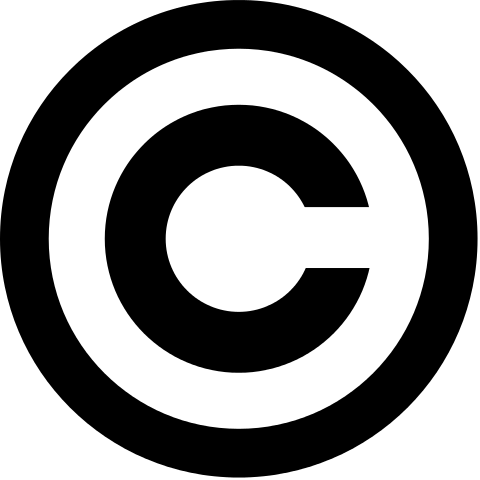
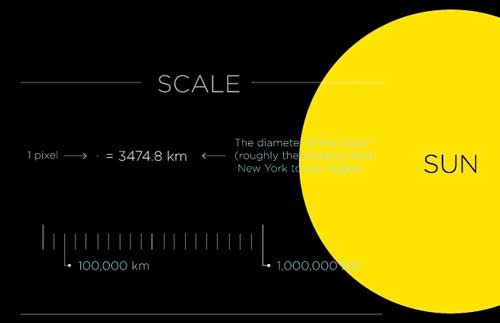
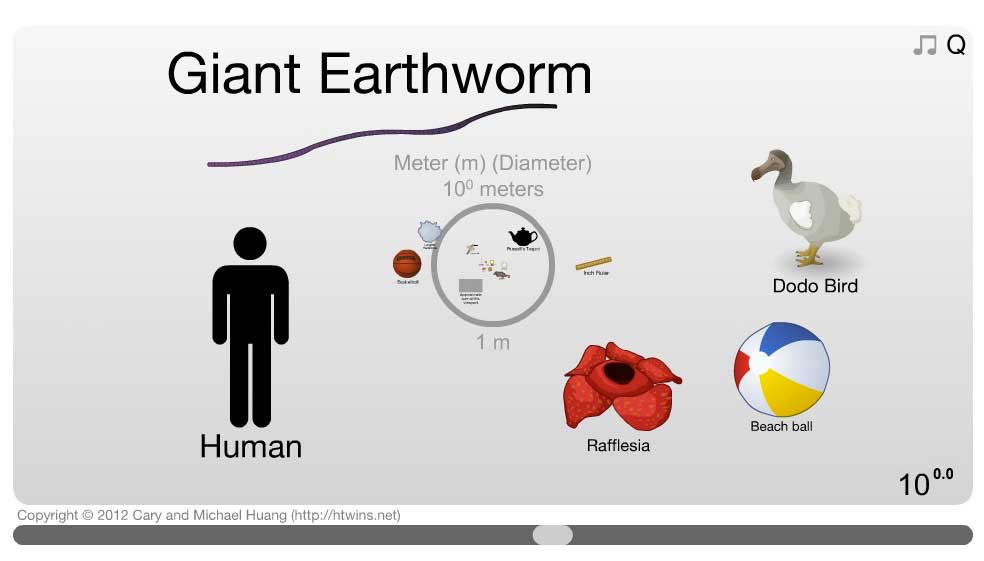
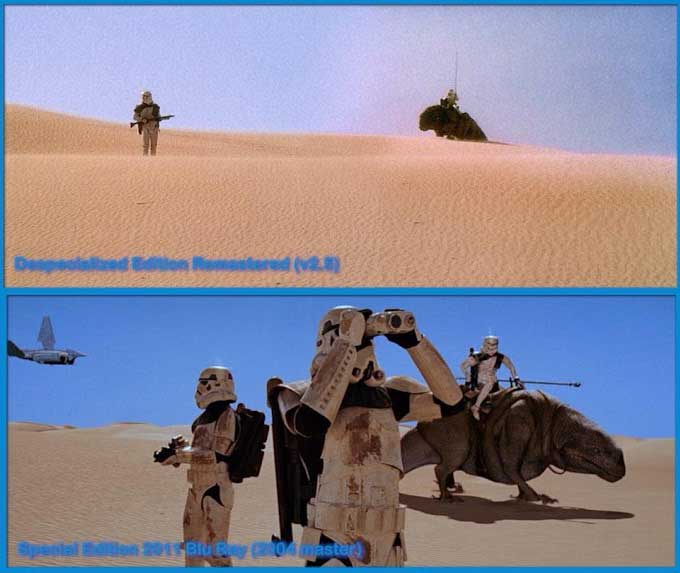
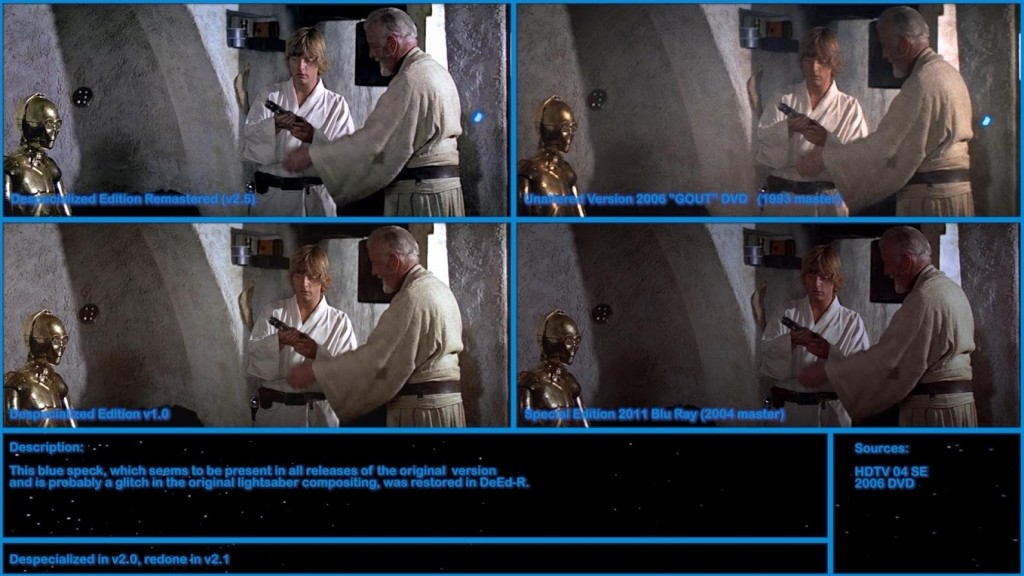
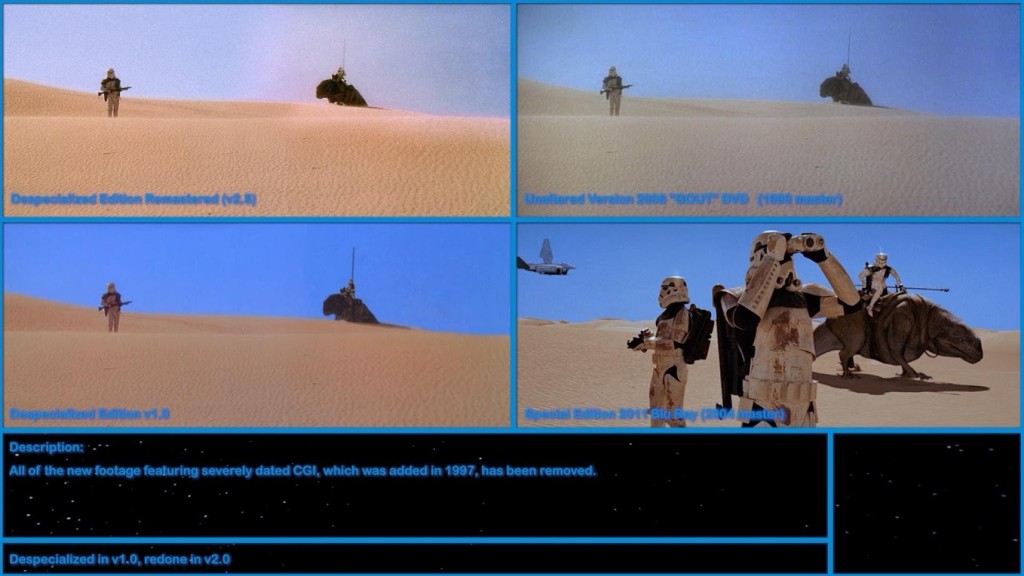

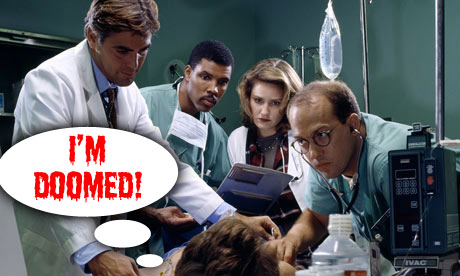
 You may be surprised that fictional hospitals on TV do not have a very good track record compared to real life. According to research by Amir Hetsroni, an Israeli professor of communications, your chances of survival are pretty slim if you are a patient on a medical drama. From
You may be surprised that fictional hospitals on TV do not have a very good track record compared to real life. According to research by Amir Hetsroni, an Israeli professor of communications, your chances of survival are pretty slim if you are a patient on a medical drama. From